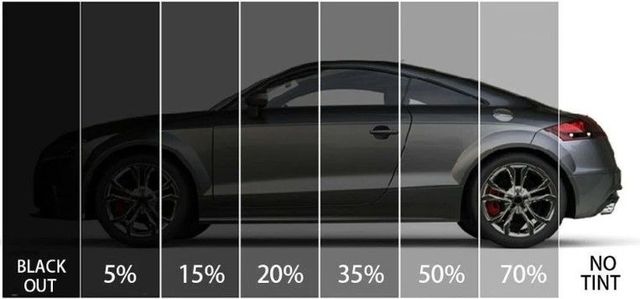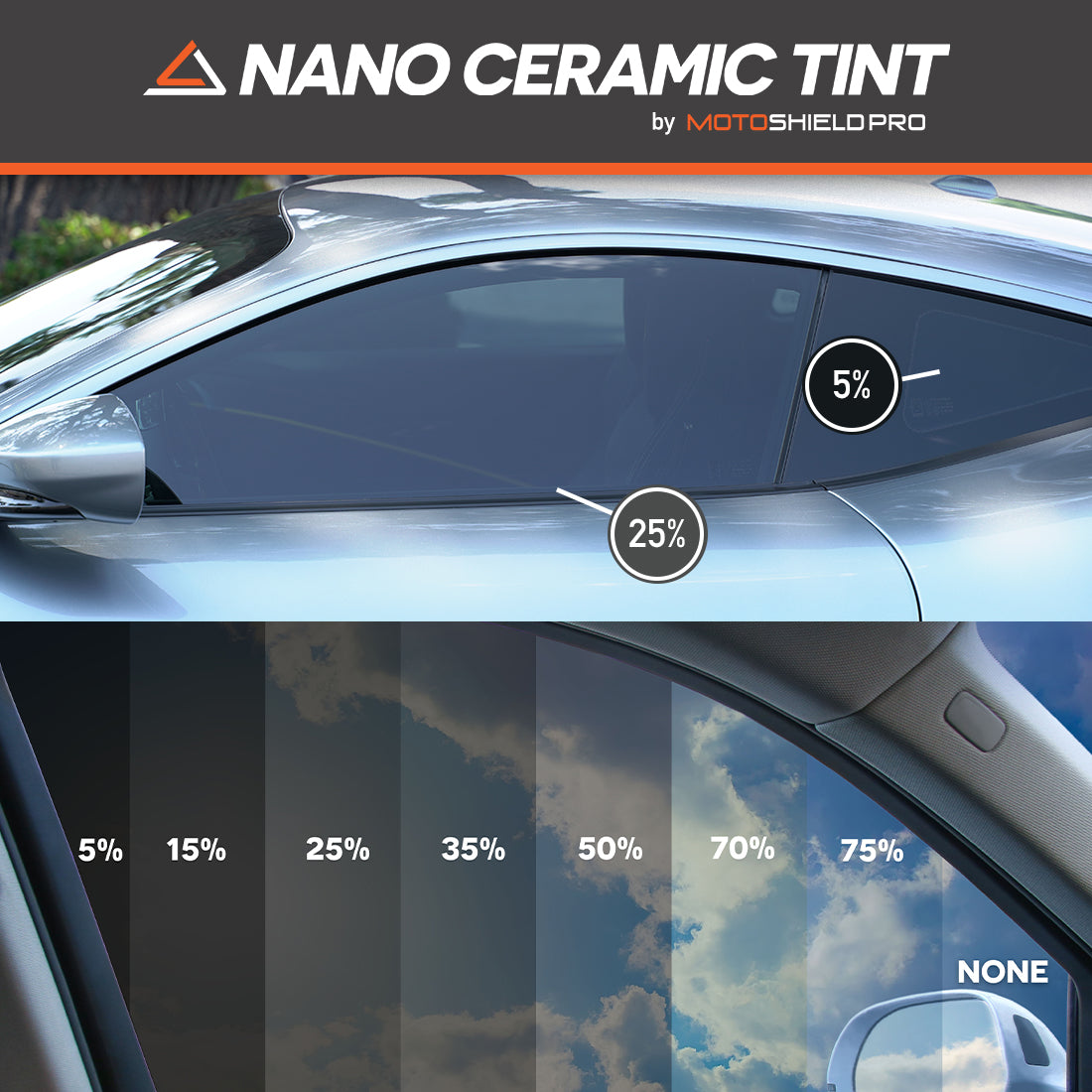Automobile Window Tinting for Warm Decrease and Power Effectiveness
Automobile Window Tinting for Warm Decrease and Power Effectiveness
Blog Article
Window Tinting Laws and Standards: What You Required to Know Before Tinting Your Automobile
Prior to continuing with window tinting for your lorry, it is important to acquaint yourself with the varied laws and guidelines that govern this technique across various states. These laws dictate the allowable levels of tint darkness, usually measured by visible light transmission (VLT) portions, and consist of details terms for front windshields aimed at making certain roadway security.
Introduction of Home Window Tinting Rules
Window tinting legislations are regularly subject to variation throughout various territories, mirroring regional regulations and safety and security considerations. These legislations dictate the allowable levels of color darkness and reflectiveness on vehicle home windows, making certain that drivers preserve ample visibility while also protecting versus dangerous UV rays and heat.
Most laws classify window tinting based upon the Visible Light Transmission (VLT) percent, which indicates the amount of light that can pass with the home window. Normally, lower VLT portions symbolize darker tints. Legislations typically separate between the front, side, and rear windows, with stricter restrictions related to the front windscreen to improve safety for both the chauffeur and other roadway individuals.
Conformity with home window tinting laws is crucial, as infractions can result in fines, obligatory elimination of the tint, and possible increases in insurance policy premiums. It is essential for automobile owners to acquaint themselves with local legislations prior to proceeding with window tinting setups.
State-by-State Color Regulations
Recognizing the specific window tinting guidelines in each state is vital for vehicle owners seeking to conform with the regulation. Each state in the united state has developed its own collection of policies governing home window tinting, which can vary dramatically. These policies frequently determine the allowable degrees of color darkness, the kinds of windows that can be tinted, and any kind of clinical exceptions that may apply.
As an example, states like The golden state have rigorous constraints on tint darkness for front windows, while others, such as New Mexico, may enable darker colors. In addition, specific states mandate specific presence portions for various windows, consisting of the windscreen, front side home windows, and rear windows. It is crucial for automobile proprietors to acquaint themselves with their state's regulations to avoid potential fines or charges.
Additionally, some states might call for a qualification sticker to be positioned on colored home windows, showing conformity with state regulations. Failing to abide by these policies not just runs the risk of lawful repercussions however can additionally impact safety and exposure while driving. Automobile proprietors need to perform complete study or consult neighborhood authorities to ensure complete understanding and conformity with state-by-state tint guidelines.
Allowed Color Degrees and Types
Numerous car owners might be amazed to find out that enabled tint levels and types vary extensively throughout various states. Each state has actually developed its very own laws relating to the permitted darkness and reflectivity of window tint, frequently determined by Visible Light Transmission (VLT) percents. VLT describes the amount of light that can pass through the tinted windows; thus, a reduced percentage indicates a darker color.

Furthermore, the kinds of color materials allowed can vary, with some states restricting mirror-like or metal finishes. It is crucial for lorry proprietors to acquaint themselves with their state's specific regulations to make sure compliance. Non-compliance can cause penalties, mandatory elimination of the tint, or other lawful consequences, making it imperative to understand these laws prior to proceeding with installment.
Medical Exemptions for Tinting
While not all states provide allocations for clinical exceptions concerning home window tinting, those that do acknowledge click for more the need for certain individuals to improve presence and comfort due to medical conditions. Various clinical conditions, such as lupus, skin cancer cells, and particular eye disorders, can provide individuals specifically sensitive to sunlight. As a result, these individuals might need darker colors to safeguard themselves from unsafe UV rays and glare.

It is very important to note that despite a clinical exception, there may still be restrictions on the degree of tint allowed. Conformity with state laws makes certain that individuals are both secured and within lawful limits. Those taking into consideration medical exceptions must call their local Division of Electric motor Automobiles or equal authority to understand the demands and treatments required to get an exception properly.
Penalties for Non-Compliance
Falling short to abide with window tinting legislations can bring about significant charges, which differ by state. Regulation enforcement companies are equipped to provide citations for cars that do not comply with the defined tinting guidelines. These charges generally include fines, which can range from moderate amounts this post to a number of hundred bucks, relying on the extent of the offense and the state in question.
In some jurisdictions, repeated offenses might cause escalating penalties or extra fines, such as mandatory court appearances. Additionally, non-compliance may require the removal of unlawful tinting, typically at the owner's cost. In extreme cases, regular transgressors might face suspension of their lorry registration up until compliance is accomplished.
Furthermore, insurance coverage ramifications may develop from getting multiple citations for window tint offenses. Insurance firms may view such infractions as a sign of riskier actions, possibly resulting in enhanced costs or difficulty in coverage.
To stay clear of these fines, it is crucial for vehicle owners to familiarize themselves with their local window tinting regulations and guarantee that their vehicle complies (Window Tinting). This aggressive method not just prevents lawful implications however additionally advertises roadway safety
Verdict

A lot of regulations identify window tinting based on the Visible Light Transmission (VLT) portion, which suggests the quantity of light that can pass via the home window. Compliance with home window tinting laws is vital, as violations can result in penalties, mandatory removal of the color, and potential boosts in insurance premiums.Comprehending the specific window tinting laws in each state is essential for automobile owners looking for to comply with the regulation. These policies usually dictate the permitted levels of tint darkness, the types of windows that can be tinted, and any type of clinical exceptions that may apply.
For circumstances, states like The golden state have rigorous constraints on color darkness for front windows, while others, such as New Mexico, might allow darker tints.
Report this page